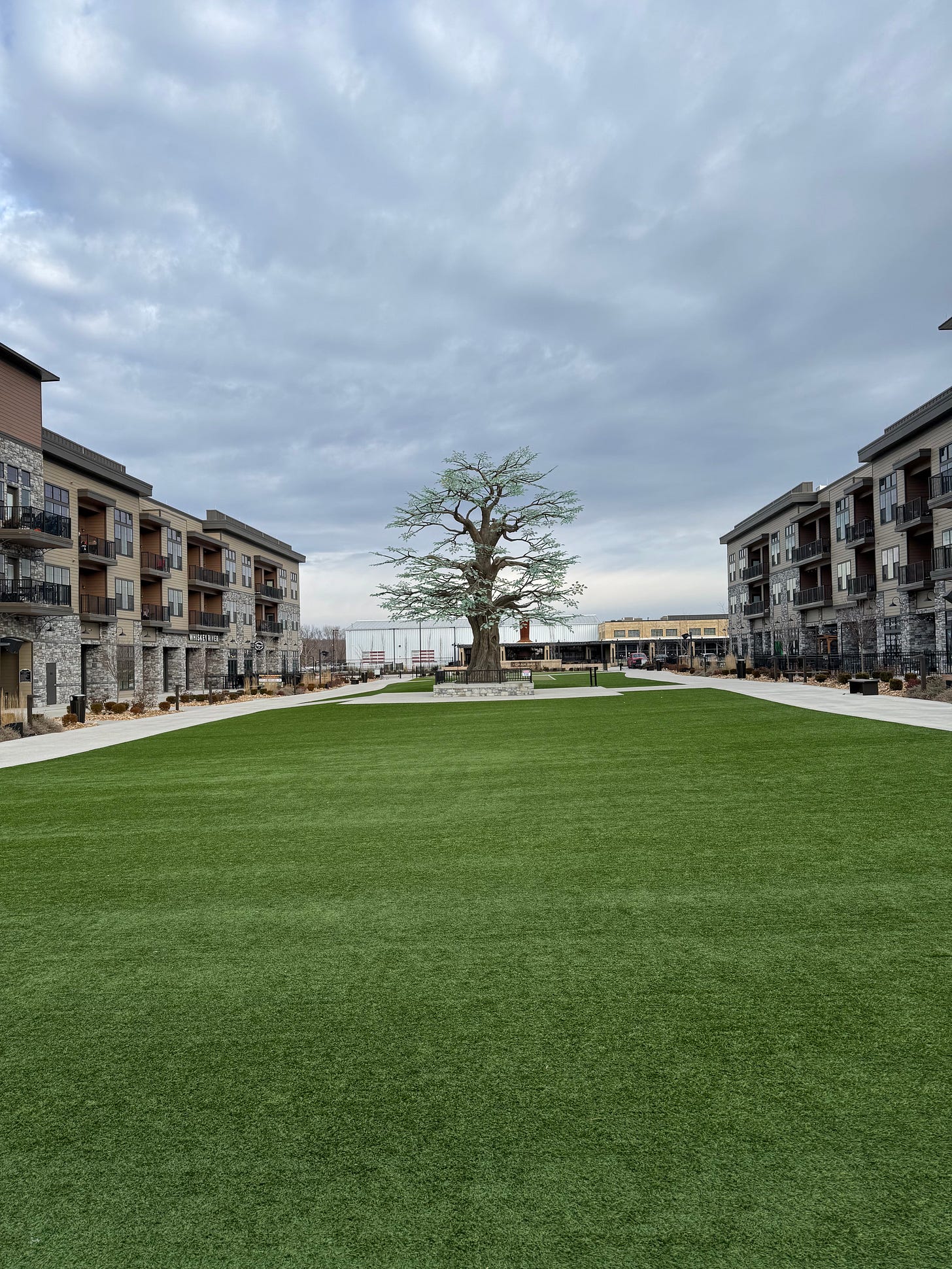We’re seeing it everywhere: families putting off home purchases, younger renters sticking with leases longer than expected, and capital slowly but surely flowing back into the multifamily space. The headlines might be full of noise, but beneath it all, the trend is clear—multifamily is gaining strength.
Renting Still Makes More Sense Than Buying
According to Newmark’s Q1 2025 multifamily capital markets report, the math is still working in favor of renting. Nationwide, renters are saving an average of $1,210 per month compared to owning—a gap that’s held steady for three years. For context, the long-term average savings was just $432/month.
The culprit? Mortgage rates. Today’s 30-year fixed rate is 64.2% higher than the average on existing mortgage debt, making the move from renting to owning less viable for a growing share of households. And as long as that cost delta persists, demand for rental housing will remain elevated.
Household Growth Outpaces Homeownership
Even with weak home purchase activity, Americans are still forming households at a healthy pace. We added 1.5 million new households in 2024 and 8.6 million over the last five years. Combine that with rising wages and tight supply in the for-sale market, and multifamily demand has a sturdy floor.
Renters also seem to understand the trajectory. According to the New York Fed, they expect rents to rise 10.9% over the next year—signaling confidence in multifamily’s pricing power and sustained rental demand.
Absorption at Historic Levels, Even With Heavy Supply
It’s not just anecdotal. The numbers are staggering: 707,811 units were absorbed over the past 12 months—3.5x the long-term average. Q1 2025 alone marked the strongest first quarter for absorption in history, with 34,411 units leased.
Markets like Pittsburgh, Detroit, St. Louis, and Chicago are outperforming, with absorption far outpacing new supply. This isn’t just a Sunbelt story anymore—the Midwest is quietly becoming a hotbed for stable multifamily returns.
Vacancy Shrinks, Rents Rebound
Vacancy rates dropped to 5% nationwide in Q1, now below the long-term average. All 50 of the top U.S. rental markets saw year-over-year vacancy declines.
After a long stretch of flat rents, we’re finally seeing upward momentum. Rents began to climb in Q1 and are expected to continue rising through year-end. And in a rare piece of good news for operators, insurance costs actually fell—down 0.2% year-over-year, marking the first annual decline since 2018.
Capital Is Coming Back
Lower rates and better fundamentals are starting to thaw the capital markets. Q1 investment sales surged 35.5% year-over-year to $30 billion, and total trailing 12-month volume hit nearly $158 billion.
Private funds raised since 2022 now hold $274.5 billion in AUM, with over $78 billion already deployed. That capital is getting to work—and it’s bullish on multifamily.
The Bottom Line
This isn’t just a moment—it’s a signal. With affordability challenges keeping would-be buyers on the sidelines, and household formation showing no signs of slowing, multifamily is poised for a strong run.
The fundamentals—rents, absorption, vacancy, and capital access—are pointing in the right direction. For developers and investors with dry powder, the time to engage is now.
